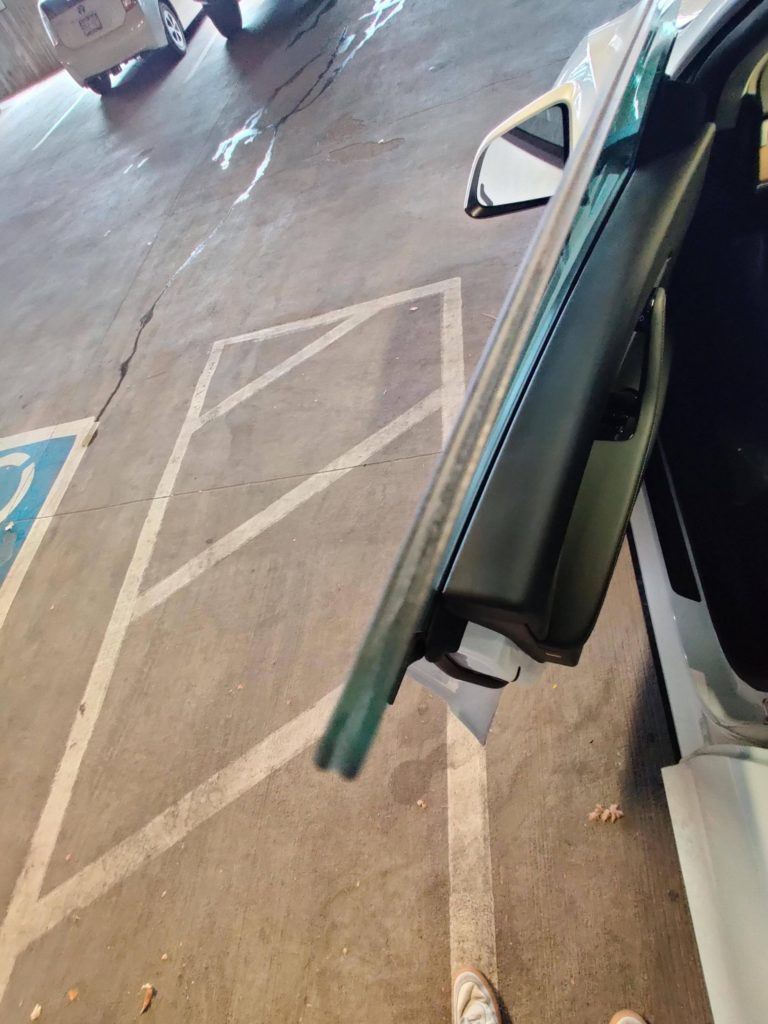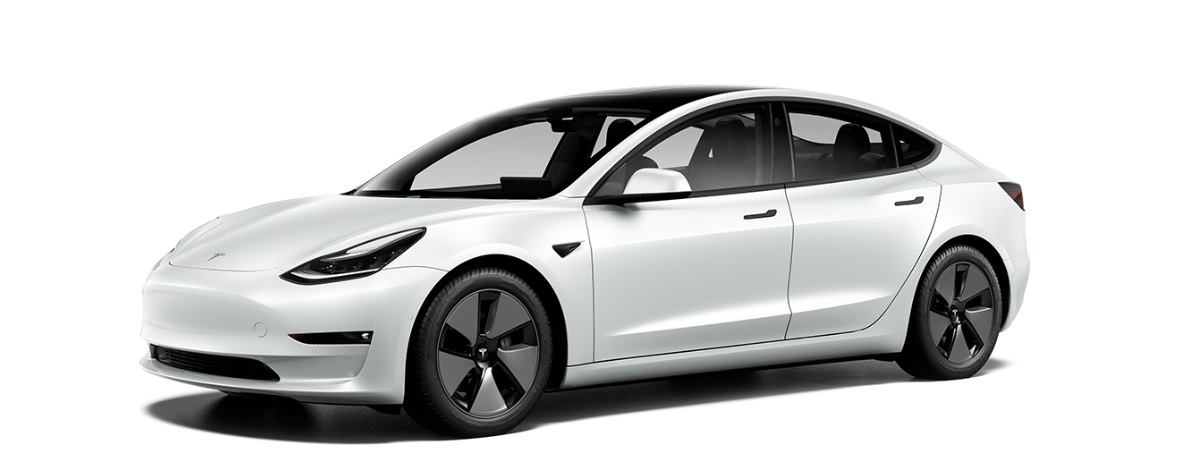It is widely known that electric cars are much quieter in operation than thermal ones. However, this has a counterpart that, in many cases, aerodynamic and rolling noises are made much more audible for passengers, which is annoying and reduces ride comfort. Therefore, manufacturers tend to take special care of the insulation in this type of vehicle to reduce this effect to the maximum.
One of the main criticisms the Tesla Model 3 received at its launch was its excessive aerodynamic noise. This problem was mitigated with the addition of a new windshield … but that could now have been completely solved thanks to double glazing in the windows, a newly introduced improvement on its brother, the Model Y.
Some users have already shown images of the modification on the Internet. Even though the Model Y has only been in production for a few months, Tesla has decided to introduce this long-awaited improvement now. In recent weeks, various media have indicated that Model 3, which has just received a restyling, has also come to equip laminated glass; However, at the moment, this point has not been confirmed or denied by any user.

If that is the case, it is to be hoped that the improvement will come equally to the Model 3s produced at Fremont and Giga Shanghai. Initially, the Model Ys manufactured in Giga Berlin and Giga Shanghai, scheduled for next year, should also have laminated windows from the beginning and other improvements such as a more qualitative center console similar to that of the recently renovated Model 3.
The truth is that laminated glass is not something new in the industry since both general and premium brands have used it for decades (Renault offers this option in its Talisman model) without going any further. In any case, it is a relatively simple way to improve the soundproofing of a vehicle, so possibly the acoustic comfort of the Model 3 and Model Y has gained integers.
Recent software leaks also indicate that Tesla could be finalizing a new air suspension for the Model 3 and Model Y, which would also be available in two variants: standard and adaptive. This should make it possible to improve both the dynamic behavior and the ride comfort of both vehicles. All these modifications would seek to reinforce the premium approach of the brand’s two most popular models, thereby justifying their relatively high price against looming generalist rivals such as the Volkswagen ID.4.

